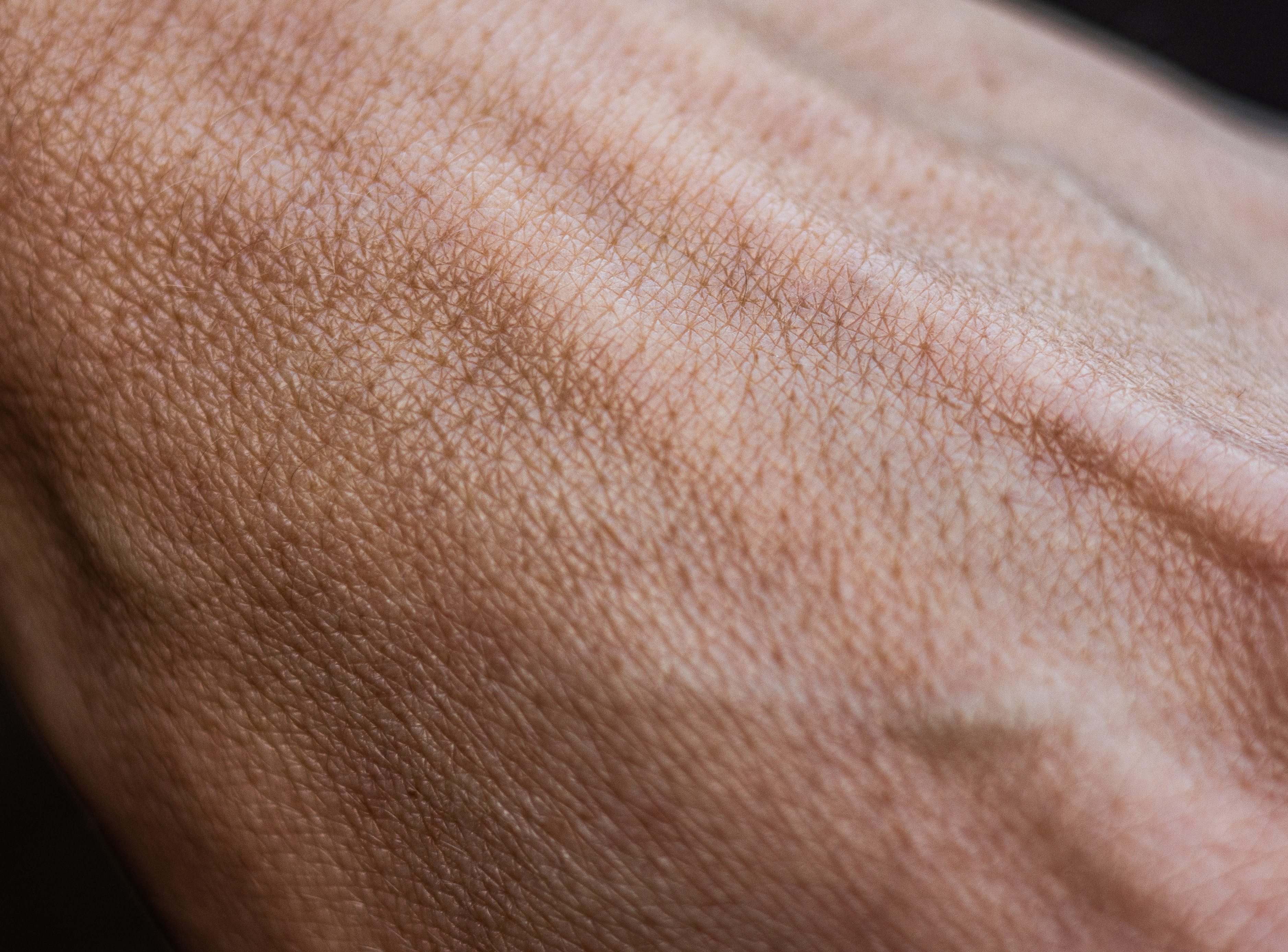La toxicologie est une science en révolution. Apres des décennies de toxicologie des produits de santé, de consommation ou à usage industriel reposant sur : 1. Les animaux de laboratoire 2. Des expériences de nature descriptive 3. Des multiplicatifs de sécurité sans support expérimental pour gérer les différences animal/homme
Le doute s'est installé sur la pertinence de la méthodologie et sur la justification de se reposer autant sur l'expérimentation animale. Dans cette période de transition, la compréhension et la modélisation vitro ou par ordinateur des mécanismes de la toxicité d’une substance devient la clé de la prédiction des effets chez l’homme.
Les concepts d'AOP (adverse outcome pathway) et de NAM(new approach methods) donnent le cadrage des futures lignes directrices ( test guidelines) qui émanent des agences règlementaires chargées de veiller à la mise sur le marché des produits chimiques. En parallèle avec les changements de paradigme et de réglementation, l'économie de la toxicologie prédictive est en recomposition avec des opérations de fusions et acquisitions d'entreprises en nombre ces deux dernières années. Il s’agit pour tous les acteurs de regrouper les expertises nouvelles et adéquates et de se préparer a la croissance ou la décroissance de certains segments.
Wepredic a été créée pour rassembler deux entités très expérimentées, Biopredic et Eurosafe, et deux sociétés nouvelles, Starlight et Advancells, et couvrir ainsi le domaine des kits d’essai in vitro amenés à remplacer l'animal de laboratoire.
Biopredic et Advancells fabriquent des réactifs cellulaires humains, Starlight synthétise des sondes d’imagerie de protéines clés dans des phénomènes de toxicité, et Eurosafe est un prestataire de type CRO (contract research organization).
Wepredic maitrise ainsi la chaine de valeur des technologies in vitro pour la toxicologie. La couverture des opérations de Wepredic est mondiale, avec les implantations en Europe, aux USA et en Inde et des distributeurs en Asie. Wepredic a une compréhension fine des processus de recherche et développement des acteurs de la pharmacie, de la cosmétique et de la chimie.
Christophe Chesné


